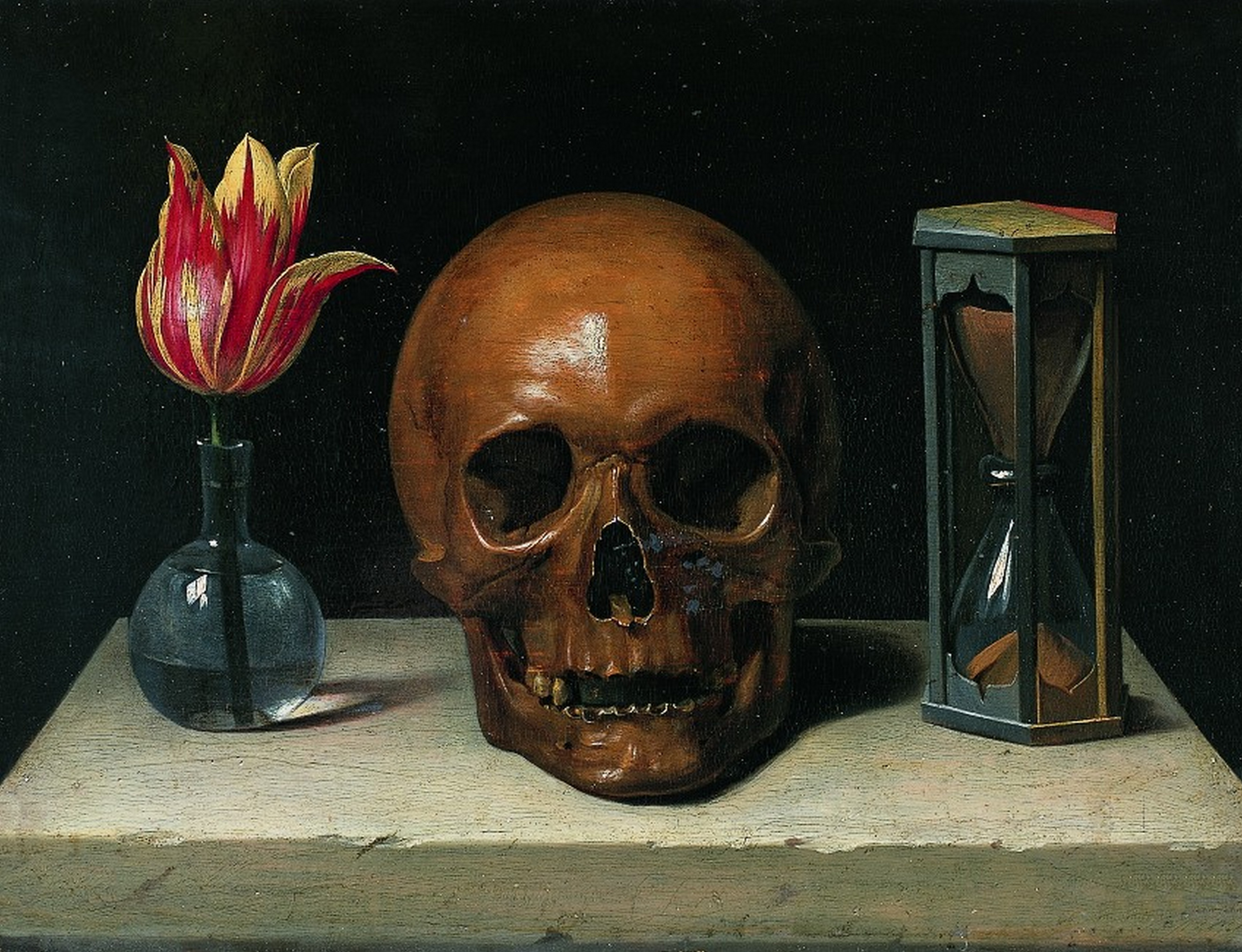|
Agustín Goovaerts
Augustin Goovaerts (1885 – August 15, 1939) was a Belgian architect and engineer, born in Schaerbeek, Belgium, in 1885. Throughout his life, he designed a number of important urban architectural buildings, mainly in Colombia, where he worked as the department of Antioquia's official architect during the 1920s. Some of his works have been declared National monuments in Colombia. He died at the age of 58 in Brussels due to leukemia caused by typhoid. Biography Goovaerts was born in Schaerbeek (present-day Brussels, Belgium) in 1885. He was the son of Celina and Alfonso Van Engelgeny (1847-1922), a leading intellectual in the European academic circles, as a librarian in Antwerp and later as a senior archivist of the Kingdom of Belgium. His father was also a polyglot, historian, musicologist, genealogist, editor. At a young age, Goovaerts began studying drawing at the Academy of Arts in Brussels, which he later completed in addition to architecture and engineering at the Universi ... [...More Info...] [...Related Items...] OR: [Wikipedia] [Google] [Baidu] |
Schaerbeek
(French language, French, ; former History of Dutch orthography, Dutch spelling) or (modern Dutch language, Dutch, ) is one of the List of municipalities of the Brussels-Capital Region, 19 municipalities of the Brussels, Brussels-Capital Region, Belgium. Located in the north-eastern part of the region, it is bordered by the City of Brussels, Etterbeek, Evere and Saint-Josse-ten-Noode. In common with all of Brussels' municipalities, it is legally Multilingualism, bilingual (French–Dutch). Schaerbeek has a multicultural identity stemming from its diverse population. , the municipality had a population of 130,690 inhabitants. The total area is , which gives a population density of , twice the average of Brussels. Toponymy Etymology The first mention of Schaerbeek's name was ''Scarenbecca'', recorded in a document from the Roman Catholic Archdiocese of Cambrai, Bishop of Cambrai in 1120. The origin of the name may come from the Franconian languages, Franconian (Old Dutch) wor ... [...More Info...] [...Related Items...] OR: [Wikipedia] [Google] [Baidu] |
Edificio Gonzalo Mejía
The Edificio Gonzalo Mejía was an Art Nouveau hotel, theatre, and commercial building in Medellín, Colombia standing from 1924 to 1967. Designed by the Belgian architect Agustín Goovaerts in 1922, the building contained the Hotel Europa and a theatre dedicated to showing movies along with other commercial clients. The building has been considered as one of the finest works of architecture built in Colombia during the 1920s. In 1967, the building was demolished and replaced by the Coltejer Building, the tallest in Medellín. History Local businessman Gonzalo Mejía developed the building starting in 1922, wanting to bring a luxury hotel and theatre to the town. The building replaced the Casa de los Jaramillo. The building opened in 1924 on the corner of Junín and La Playa streets, close to other important Medellín meeting places, including the Union Club and the Astor Tea Room. The building's occupants included the Hotel Europa and the Salon Regina, and at opening was cons ... [...More Info...] [...Related Items...] OR: [Wikipedia] [Google] [Baidu] |
Catholic University Of Leuven (1834–1968) Alumni
{{School disambiguation ...
University of Leuven or University of Louvain (; ) may refer to: * Old University of Leuven (1425–1797) * State University of Leuven (1817–1835) * Catholic University of Leuven (1834–1968) * Katholieke Universiteit Leuven or KU Leuven (1968–), a Dutch-speaking university in Leuven * Université catholique de Louvain or UCLouvain (1968–), a French-speaking university in Louvain-la-Neuve, Brussels, Mons, Namur, Charleroi and Tournai See also * Split of the Catholic University of Leuven * Universities in Leuven * Leuven University Press Leuven University Press () is a university press located in Leuven, Belgium. It was established in 1971 in association with KU Leuven KU Leuven (Katholieke Universiteit Leuven) is a Catholic research university in the city of Leuven, Leuve ... [...More Info...] [...Related Items...] OR: [Wikipedia] [Google] [Baidu] |
Deaths From Typhoid Fever
Death is the end of life; the irreversible cessation of all biological functions that sustain a living organism. Death eventually and inevitably occurs in all organisms. The remains of a former organism normally begin to decompose shortly after death. Some organisms, such as '' Turritopsis dohrnii'', are biologically immortal; however, they can still die from means other than aging. Death is generally applied to whole organisms; the equivalent for individual components of an organism, such as cells or tissues, is necrosis. Something that is not considered an organism, such as a virus, can be physically destroyed but is not said ''to die'', as a virus is not considered alive in the first place. As of the early 21st century, 56 million people die per year. The most common reason is aging, followed by cardiovascular disease, which is a disease that affects the heart or blood vessels. As of 2022, an estimated total of almost 110 billion humans have died, or roughly 94% of ... [...More Info...] [...Related Items...] OR: [Wikipedia] [Google] [Baidu] |
Deaths From Leukemia In Belgium
Death is the end of life; the Irreversible process, irreversible cessation of all biological process, biological functions that sustain a living organism. Death eventually and inevitably occurs in all organisms. The remains of a former organism normally begin to Decomposition, decompose shortly after death. Some organisms, such as ''Turritopsis dohrnii'', are Biological immortality, biologically immortal; however, they can still die from means other than Senescence, aging. Death is generally applied to whole organisms; the equivalent for individual components of an organism, such as Cell (biology), cells or Tissue (biology), tissues, is necrosis. Something that is not considered an organism, such as a virus, can be physically destroyed but is not said ''to die'', as a virus is not considered alive in the first place. As of the early 21st century, 56 million people die per year. The most common reason is aging, followed by cardiovascular disease, which is a disease that af ... [...More Info...] [...Related Items...] OR: [Wikipedia] [Google] [Baidu] |

